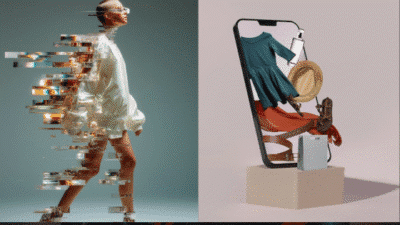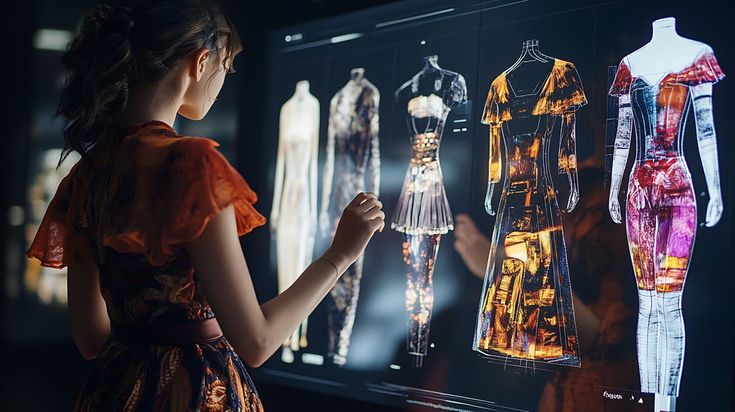
AI is changing how fashion designers create clothing. It helps designers come up with new ideas faster and makes the design process more efficient. AI can analyze trends and customer preferences to create personalized and unique fashion pieces.
By using AI tools, designers can predict what styles will be popular next and reduce waste by making only what people want. This technology also supports sustainable practices by optimizing materials and resources. Many brands are starting to use AI in marketing and retail to offer better shopping experiences.
As AI grows, it will become a key part of fashion design. However, there are challenges in adopting new technology, but the benefits are already clear and growing.
Key Takeaways
- AI helps create more personalized and trend-based fashion designs.
- It supports sustainability by reducing waste and improving resources.
- AI improves customer experiences in fashion shopping and marketing.
The Role of AI in Fashion Design
AI helps designers make faster and smarter decisions. It uses data and technology to create new styles, predict trends, and improve the design process. This changes how fashion is made and how businesses stay competitive.
Defining AI in Fashion
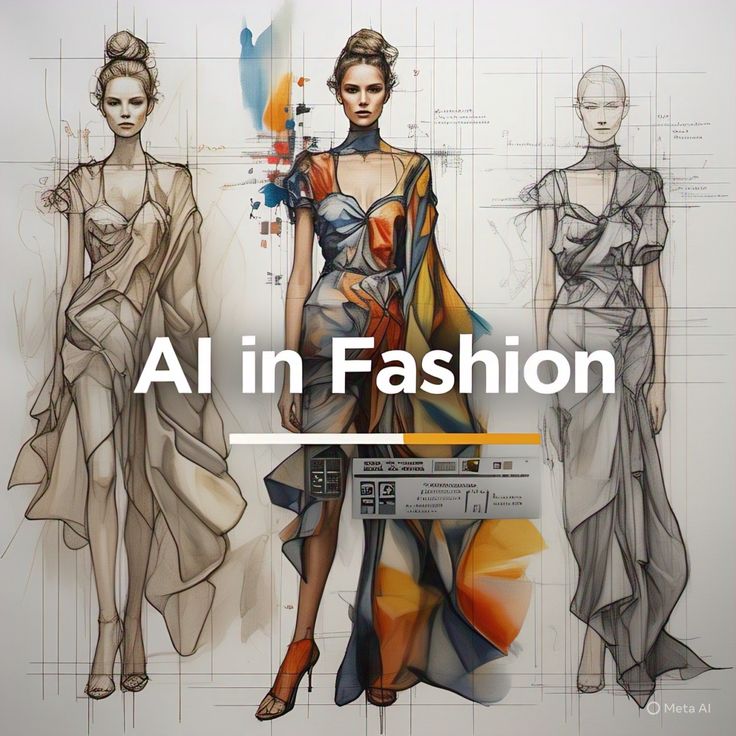
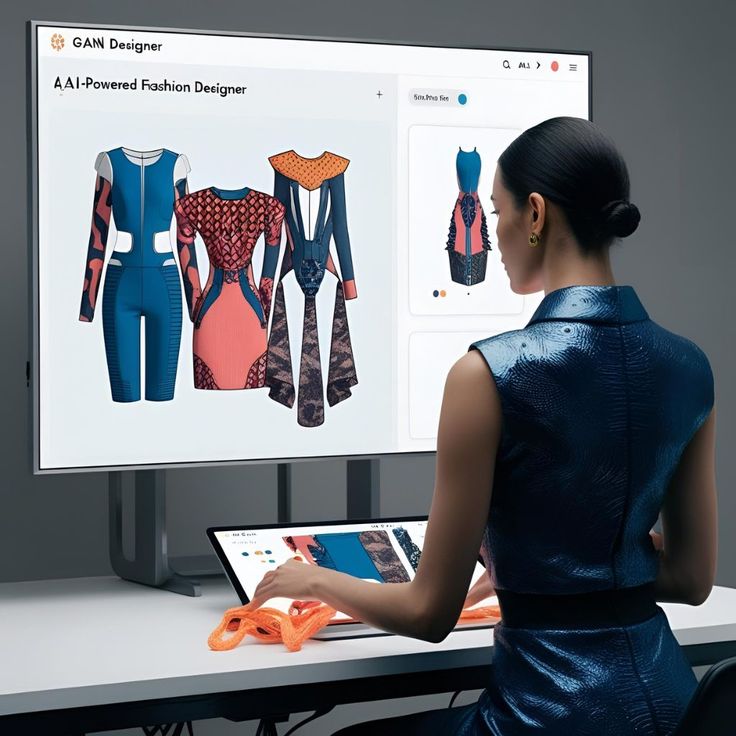
AI in fashion means using computer programs that learn patterns and make decisions. These programs analyze data from customers, sales, and social media to understand what people want. AI can create designs, suggest colors, and even customize clothing.
This technology often involves machine learning, where the system improves over time with more data. Instead of replacing designers, AI acts as a tool that supports creativity and efficiency.
Integration of AI Technologies

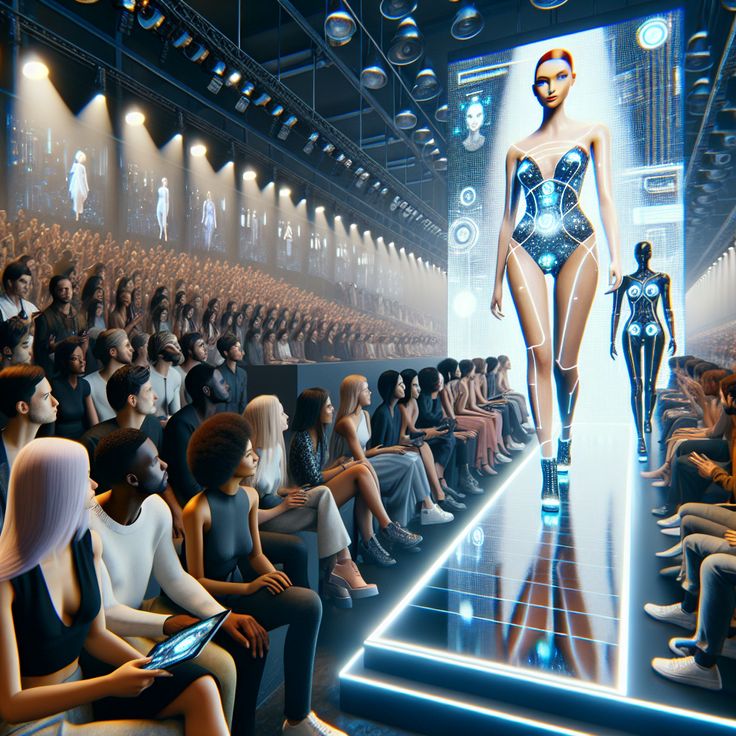
Fashion brands use AI in several ways. They apply computer vision to scan and sort images for trend forecasting. AI-powered tools generate new design ideas or improve fabric choices. Chatbots assist customers in style advice and ordering.
AI also helps in supply chain management by predicting demand and reducing waste. Brands integrate AI with software like CAD programs and 3D modeling to speed up sample creation and testing.
Key Benefits for Designers

AI offers many benefits: it speeds up design cycles, reduces costs, and improves accuracy. Designers get data-driven insights that help them meet customer preferences better. AI can spot trends quickly, helping brands stay ahead.
AI also enhances customization by allowing personalized designs based on individual measurements or style choices. This improves customer satisfaction and reduces returns. Ultimately, AI helps designers work more efficiently with better results.
AI-Driven Design Processes
AI helps create fashion designs faster and more precisely. It changes how patterns are made, uses new design methods, and improves how designs are visualized before making actual clothes.
Automated Pattern Creation


AI can generate clothing patterns automatically by analyzing existing designs and fabric data. This reduces the time needed for manual drafting and lowers errors.
Designers can input measurements and style preferences, and AI will produce patterns that fit well and follow the latest trends. This system also adjusts patterns based on fabric stretch or weight.
Key advantages:
- Faster pattern production
- Higher accuracy and fit
- Custom adjustments based on fabric type
Automated pattern creation helps brands speed up production and cut costs while keeping quality high.
Generative Design Technique


Generative design uses AI algorithms to create many design options from simple inputs. Designers provide basic shapes, colors, or themes, and AI explores combinations.
This method helps discover unique styles that might not occur to humans. AI considers style rules and fabric behavior to ensure designs are practical.
Benefits include:
- Quick idea generation
- More diverse design options
- Exploration outside traditional styles
Generative design supports creativity by providing a wide range of possible designs quickly.
3D Visualization Tools
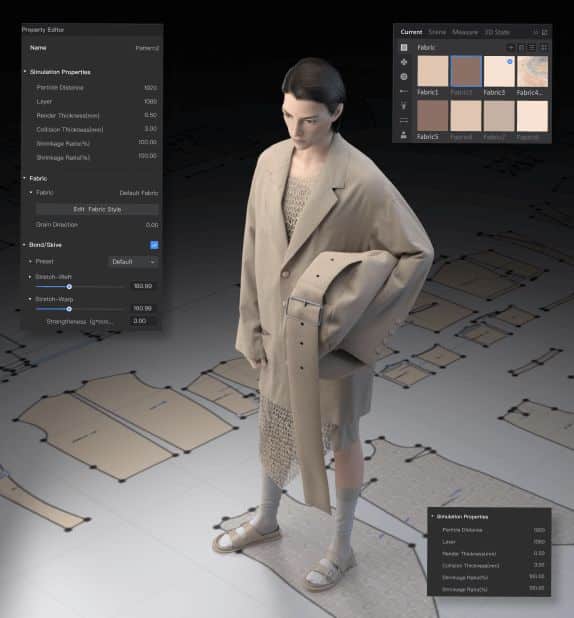
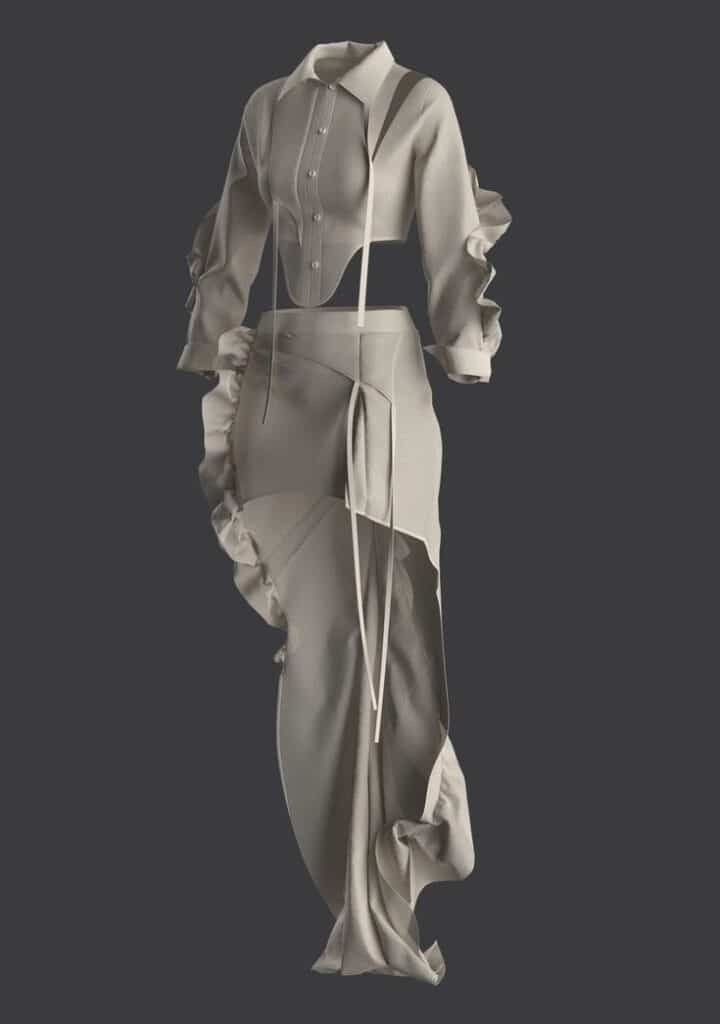
AI-powered 3D visualization allows designers to see virtual clothing on digital models. It simulates fabric drape, texture, and fit in real time.
This technology reduces the need for physical samples, cutting material waste. Designers can make changes immediately and share realistic images with clients or manufacturers.
Features include:
| Feature | Description |
|---|---|
| Real-time fitting | Shows how clothes move and fit |
| Fabric simulation | Mimics texture, stretch, and weight |
| Customizable avatars | Reflect real body shapes and sizes |
3D visualization makes the design process more efficient and helps improve final garment quality.
Personalization and Customization
AI helps make fashion more personal by using data to tailor designs, offering virtual try-ons, and enabling products to be made only when ordered. These methods improve fit, style, and reduce waste.
Data-Driven Personalization
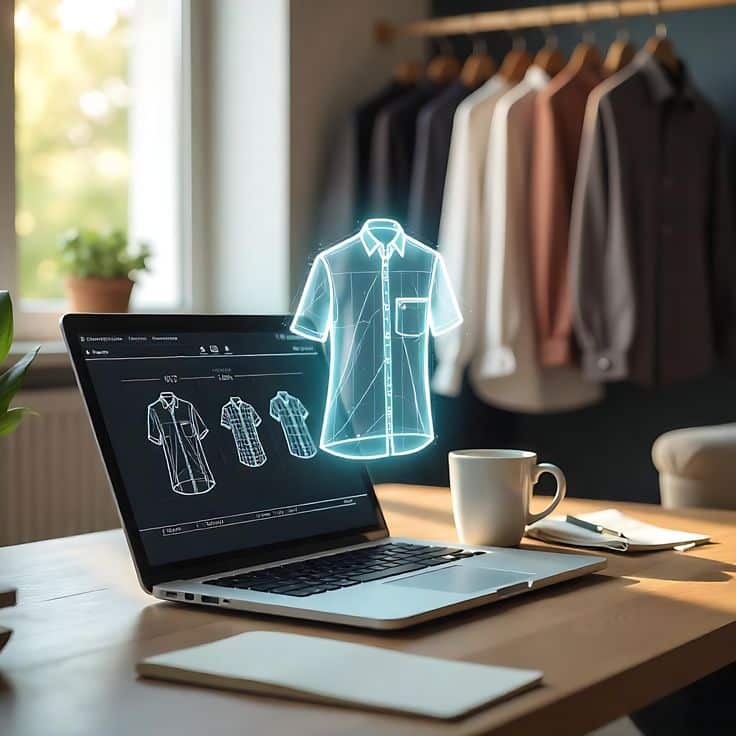

AI collects and analyzes data from customers, such as preferences, past purchases, and browsing habits. This helps designers create clothing that matches individual tastes and needs.
Retailers use machine learning to predict style trends based on customer feedback and market data. This information guides design choices, leading to garments that people want to wear.
Brands can also recommend items uniquely suited to each shopper. This personal touch improves customer satisfaction and encourages repeat business.
Virtual Fitting Solutions
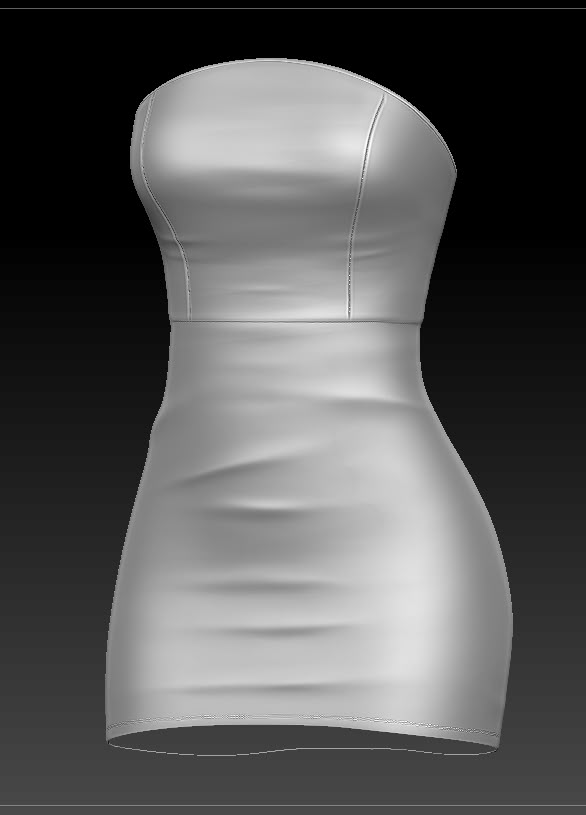
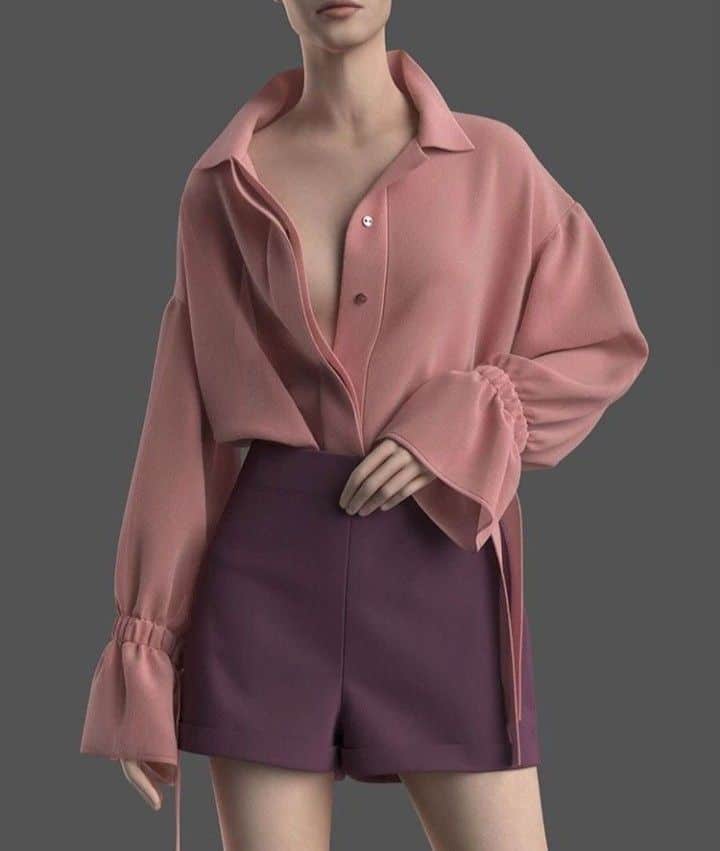
Virtual fitting uses AI to create 3D models of a person’s body. Customers can see how clothes will look and fit without trying them on physically.
This technology reduces returns caused by size issues. It also saves time for shoppers and retailers.
Some systems allow users to adjust the fit and style virtually. This makes the shopping experience more interactive and precise.
On-Demand Production

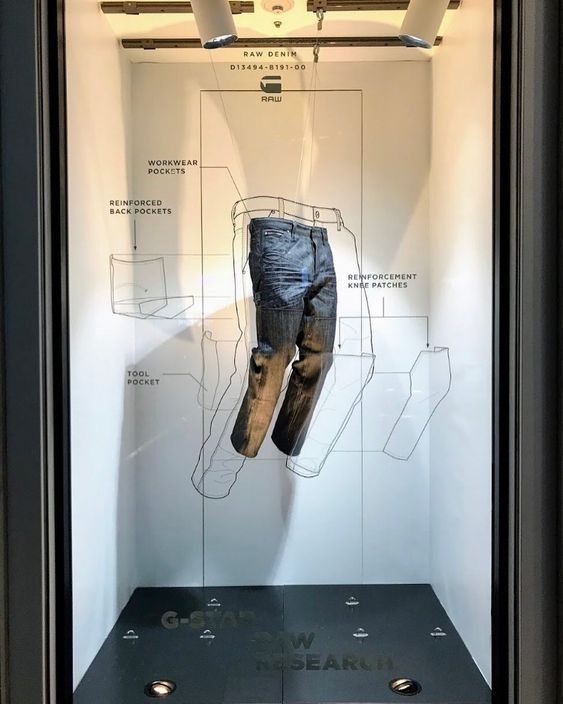
AI supports making clothes only after receiving an order. This lowers excess inventory and cuts down on waste.
On-demand systems use AI to manage production schedules and material costs efficiently. This helps brands respond faster to trends and customer needs.
This method enables more customization, as products can be tailored during manufacturing. It suits both small and large fashion brands seeking flexibility.
Trend Forecasting with AI
AI helps predict which fashion styles and products will become popular by analyzing large amounts of data. It also studies customer behavior and buying patterns to guide designers and brands in making better decisions.
Predictive Analytics Methods
AI uses predictive analytics by examining past fashion trends, social media activity, and consumer interactions. Machine learning algorithms find patterns in this data to forecast what styles, colors, or fabrics might become popular next season.
This approach helps designers reduce guesswork. It also shortens the time between trend discovery and product launch. AI models update regularly as new data comes in, allowing forecasts to adjust quickly to changing preferences.
AI can highlight micro-trends by tracking early signals in specific markets or demographics. This enables fashion brands to target niche audiences with tailored collections.


Market Demand Analysis
AI-driven market demand analysis studies customer data like purchase history, search habits, and online reviews. It helps brands understand what products customers want, how much, and at what price.
By digging into this data, AI can predict demand spikes or drops for particular items, helping brands plan inventory and reduce waste. It also identifies popular product features customers value most.
Retailers use this analysis to design promotions and stock the right mix of products. AI supports faster responses to shifts in consumer taste, improving the chances of commercial success.
Sustainable Practices Enabled by AI
AI helps fashion designers use resources more carefully and pick better materials. This lowers waste and supports the environment while keeping costs in control.

Waste Reduction Strategies
AI systems analyze sales and customer data to predict demand more accurately. This helps brands make only what will likely sell, reducing leftover stock and unsold items.
Some use AI-driven cutting tools to optimize fabric layouts. These tools arrange patterns to use fabric with less scrap, lowering material waste during production.
AI also tracks production processes to spot inefficiencies. By adjusting steps, manufacturers cut down on excess energy use and defective products.
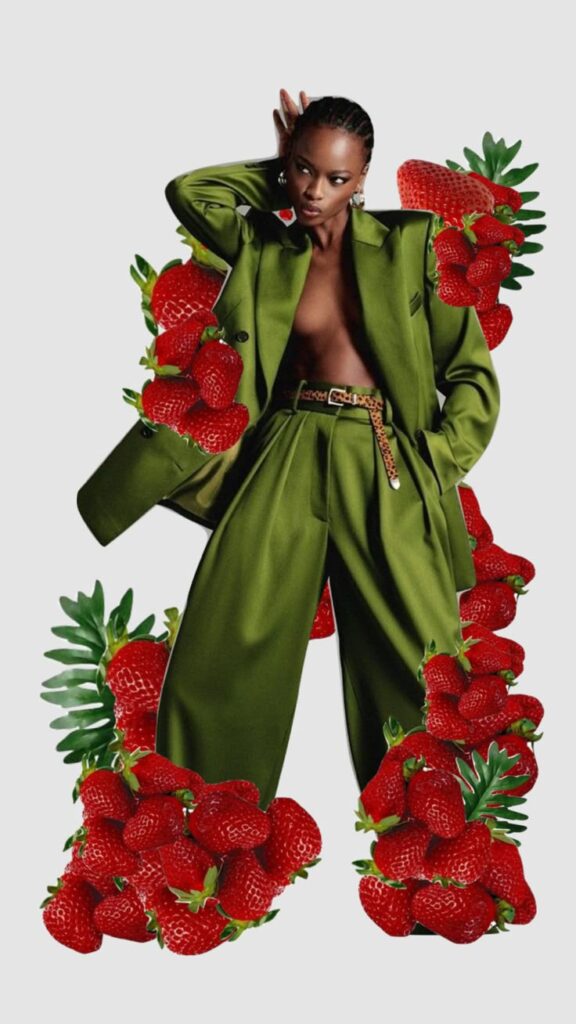

Eco-Friendly Material Selection
AI examines the properties of different fabrics, comparing durability, biodegradability, and water use. It recommends materials that have a lower environmental impact yet meet design needs.
Some platforms use AI to identify new sustainable fibers made from recycled or renewable sources. This supports innovation in eco-friendly textiles.
AI can also help verify material origins through blockchain or data tracking, ensuring that suppliers follow environmental standards. This builds more transparency in the fashion supply chain.
AI in Fashion Retail and Marketing
AI helps retailers control stock better and create ads that reach the right customers. This improves sales and reduces waste.
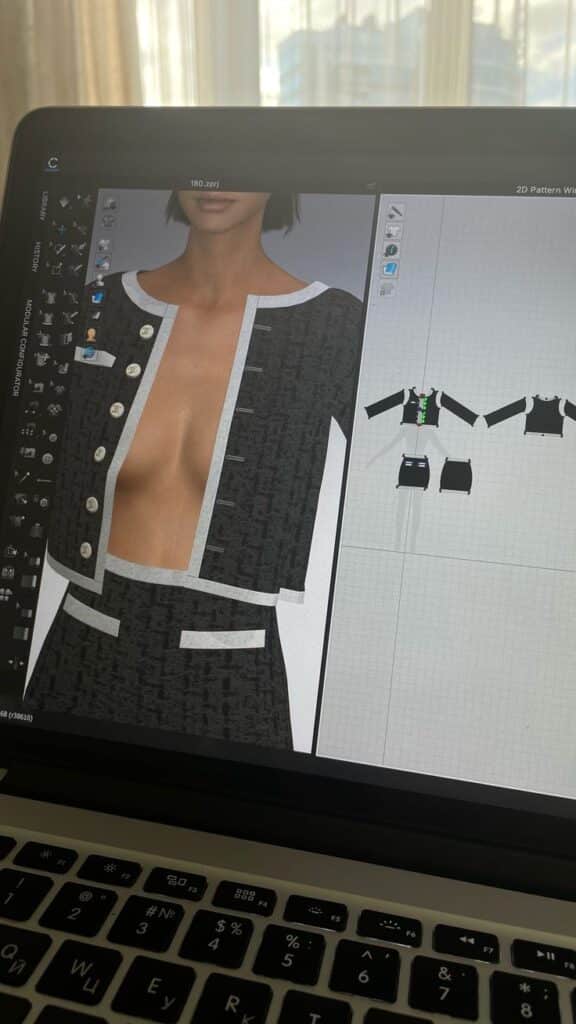
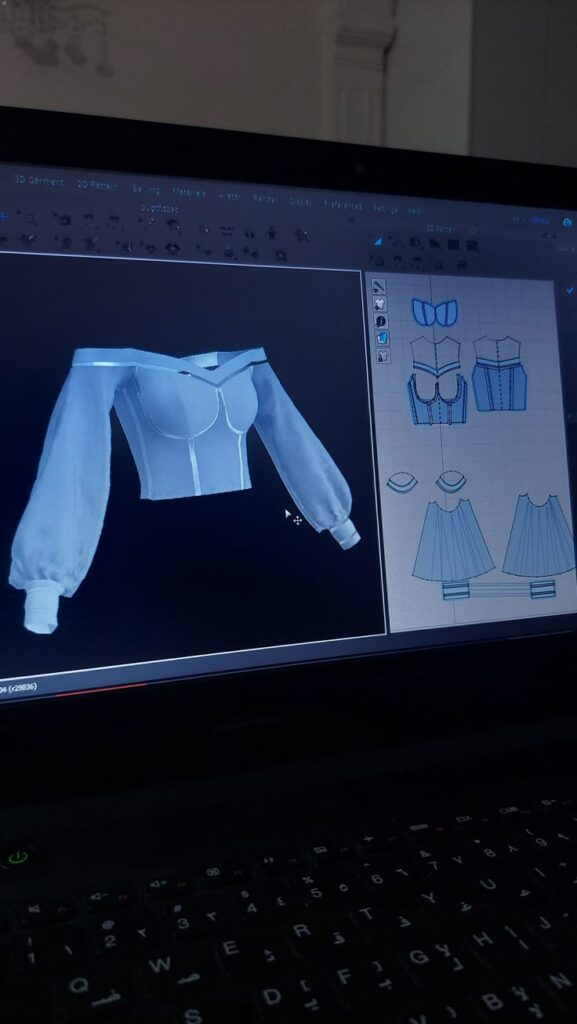
Smart Inventory Management
AI can analyze sales data and predict which clothes will sell fast or slow. This helps stores keep the right amount of items in stock.
With AI, retailers avoid having too many unsold products or running out of popular sizes. It tracks trends and seasonal changes to adjust inventory in real time.
AI systems can also manage multiple stores or warehouses at once. This saves time and lowers costs by making stock decisions faster and more accurate.

Targeted Advertising Campaigns
AI uses customer data to create personalized ads. It looks at past purchases, browsing habits, and preferences to show relevant products.
This kind of marketing increases the chance that people will buy what they see. It also helps brands reach specific groups, like age or style preferences.
AI can test different ads and choose the best-performing ones. This reduces wasted budget on ads that don’t work and improves return on investment.
Challenges of Adopting AI in Fashion Design
AI tools require careful handling of customer data, face limits in creative flexibility, and often come with high costs. These factors affect how easily fashion designers can add AI into their workflows.

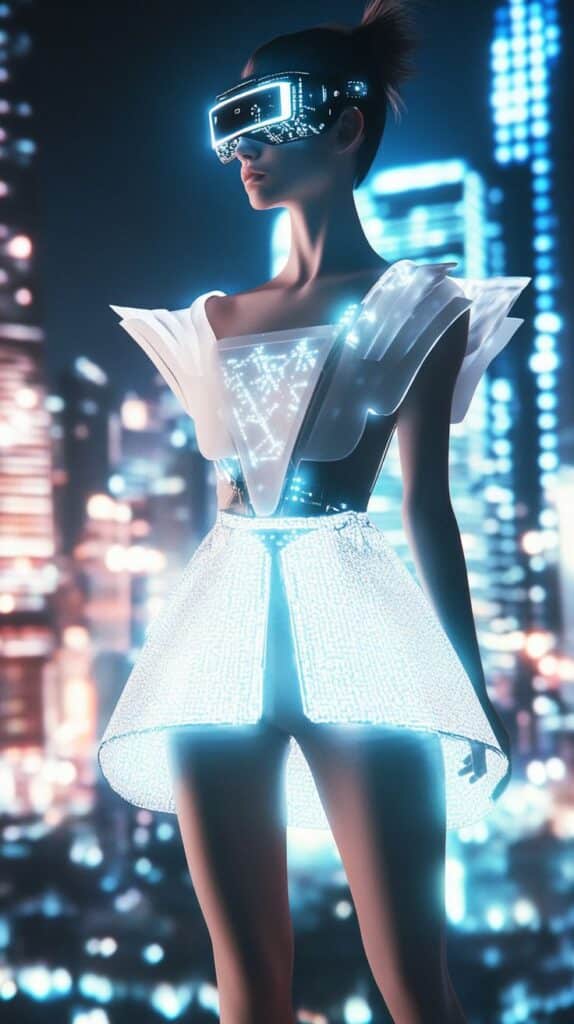
Data Privacy Concerns
AI systems in fashion use large amounts of personal data, like shopping habits and body measurements. Protecting this data from breaches is essential because leaks could harm customers’ privacy.
Many countries have strict rules about data use. Designers and companies must follow laws like GDPR or CCPA to avoid fines and loss of customer trust. This makes data handling more complex.
Securing data means investing in protection technology and clear policies. Small fashion brands may struggle with these demands due to limited resources.

Creative Limitations
AI helps create patterns and predict trends but cannot fully replace human creativity. It mainly combines existing designs or follows certain rules, which can limit originality.
Designers might find AI suggestions repetitive or less inspired. Some fear that relying too much on AI could make fashion less unique over time.
AI also struggles with emotional and cultural context. It may not understand what makes a design meaningful to different groups or how to innovate beyond data patterns.
Cost and Accessibility

Setting up AI technology can be expensive. Many systems require costly software, hardware, and skilled workers to manage them.
Large fashion companies can afford these investments, but smaller brands might have trouble accessing AI tools. This creates a gap between big and small players in the industry.
Training staff to use AI is another expense. Without proper knowledge, the benefits of AI might not be fully realized, limiting its impact on design processes.
| Challenge | Main Issue | Impact |
|---|---|---|
| Data Privacy | Protecting customer data | Legal risks, trust loss |
| Creative Limitations | Lack of true innovation | Repetitive designs |
| Cost and Accessibility | High setup and learning costs | Unequal access, small brands struggle |
Future Trends in AI for Fashion Design
AI will continue to change how clothes are made and sold. New tools will improve how designers create and predict styles. The industry may also shift in how it uses data and automation.
Emerging Technologies
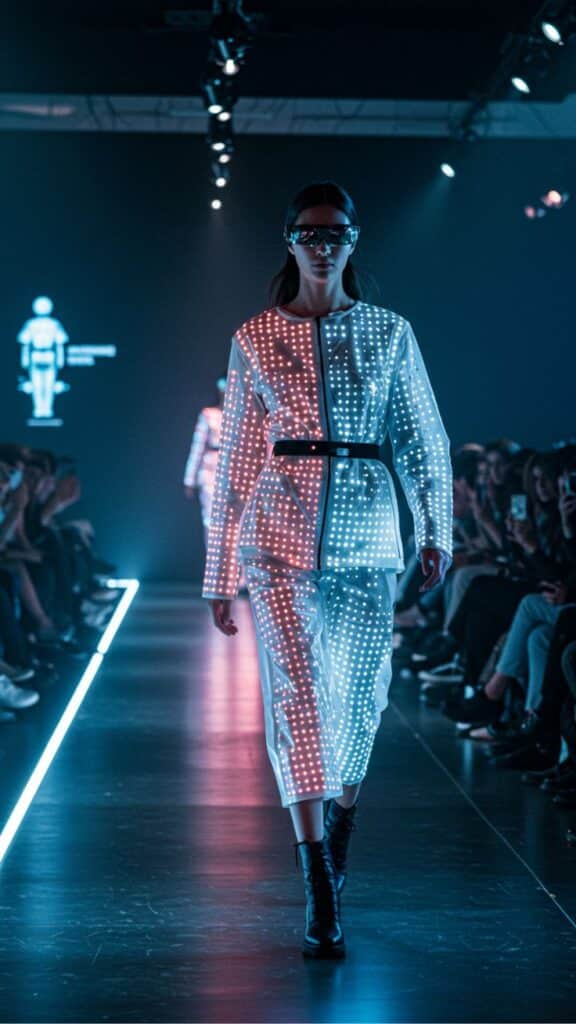
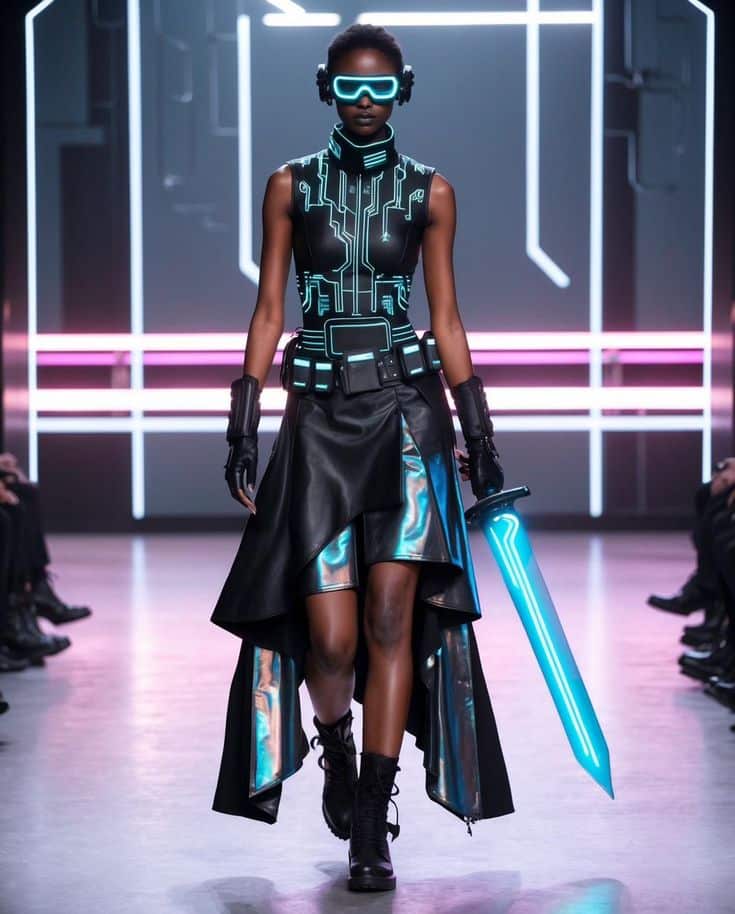
AI will use 3D design tools more to create virtual garments faster. These tools help designers see how fabrics move without making physical samples. This reduces waste and cost.
- Generative AI can produce new styles based on trends and data.
- AI-driven virtual try-ons will get better, allowing customers to see clothes on digital avatars.
- Smart fabrics with sensors may connect with AI to adapt to user needs, like changing color or temperature.
These technologies aim to make fashion design more efficient and eco-friendly.
Potential Industry Transformations
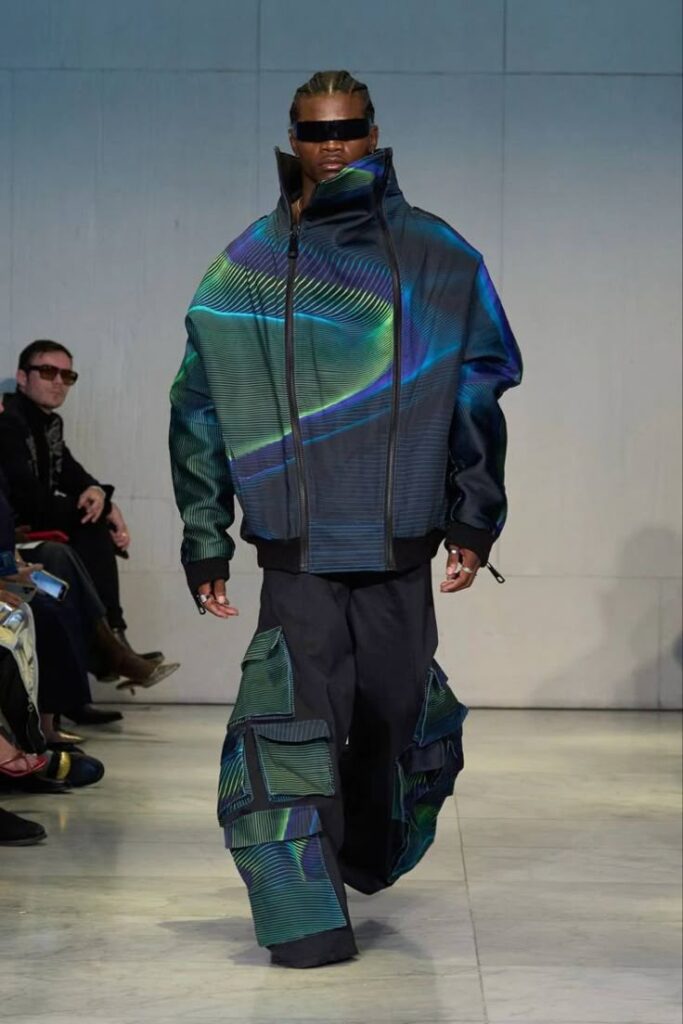
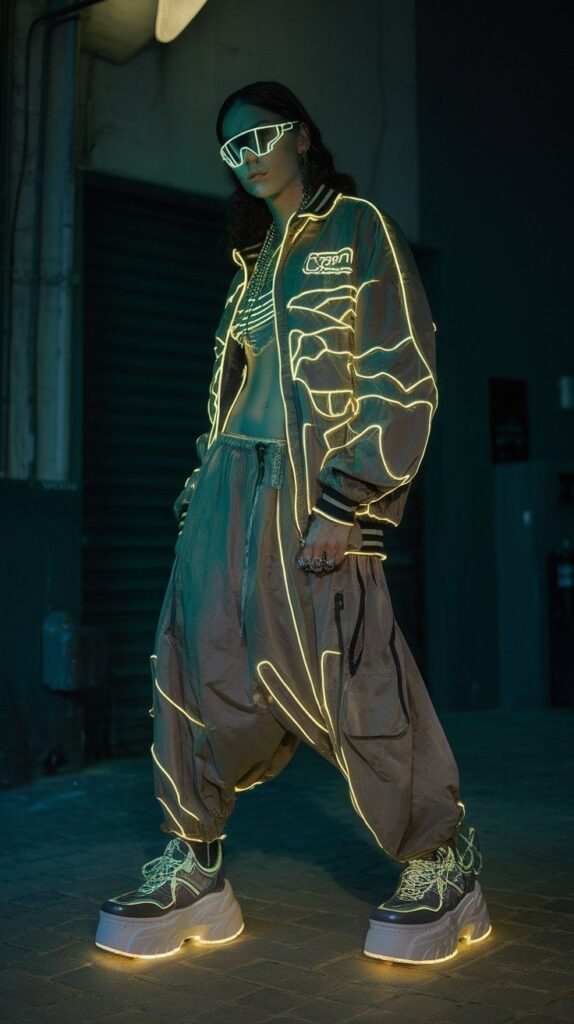
AI could transform fashion retail by improving customization. Shoppers might order clothes that fit their exact sizes and styles using AI measurements and preferences.
- Automated inventory management will reduce overproduction.
- AI-driven trend forecasting helps brands plan collections that match customer demand.
- Factories may use robotics enhanced by AI to speed up garment production.
These changes will affect how brands design, produce, and market their clothes, shifting the focus toward sustainability and personalization.
Conclusion

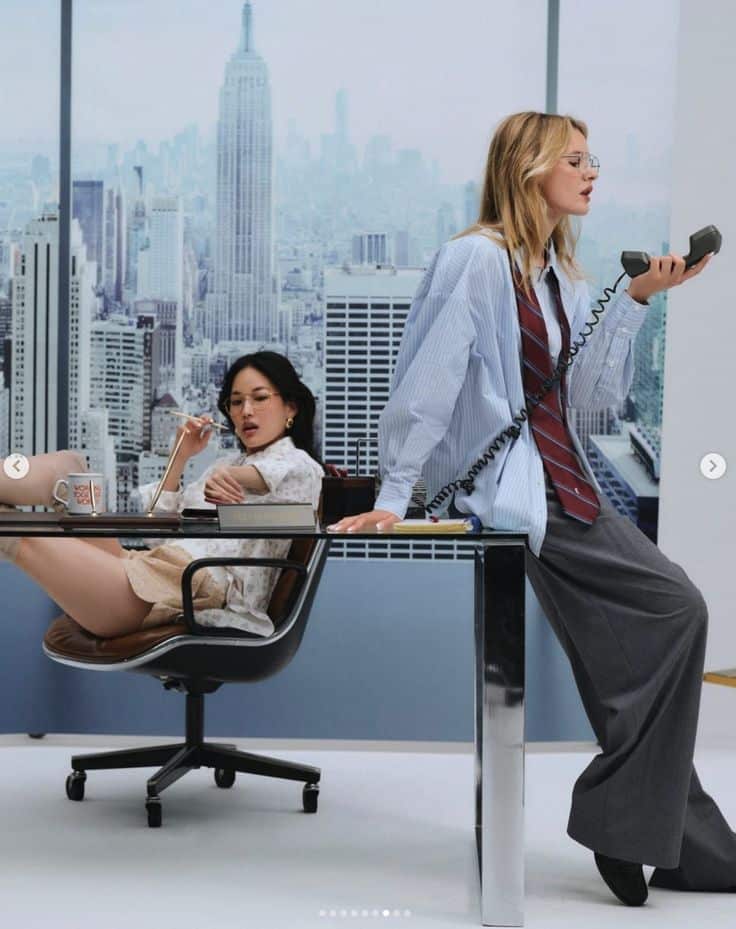
AI is changing how fashion designers work. It helps create new ideas faster and shows designs in ways that were not possible before. This technology gives designers more tools to explore their creativity.
Many brands use AI to study trends and customer preferences. This helps them make clothes that fit what people want. It also saves time and reduces waste in the production process.
AI is not meant to replace designers. Instead, it supports them by offering new possibilities. Designers can focus more on artistic choices while AI handles routine tasks.
The future of fashion will likely include more AI use. As the technology grows, it will become a regular part of design and manufacturing.
Key benefits of AI in fashion design:
- Speeds up design creation
- Analyzes data for trends
- Reduces material waste
- Enhances customization
Fashion designers will continue to find ways to work with AI to improve their craft and meet customer needs. The collaboration between human creativity and AI tools is shaping the next era of fashion.
- 106shares
- Facebook0
- Pinterest106
- Twitter0


